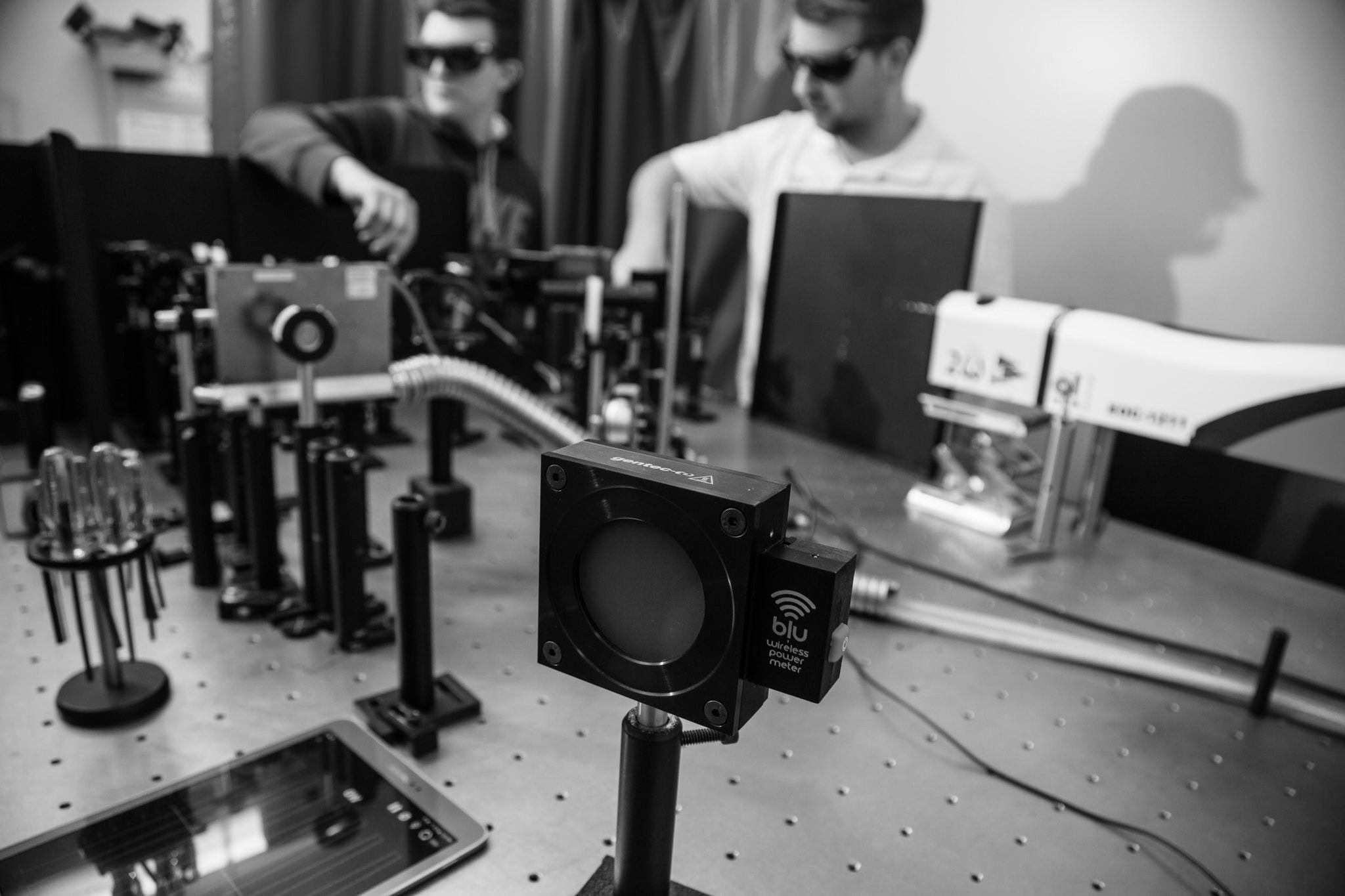How scientists successfully created an electromagnetic molecular black hole
Tuesday, February 27, 2018
Tuesday, February 27, 2018
Nowadays, everyone has already, at least once, heard, read or seen a documentary or video about black holes, these gigantic, infinitely-powerful machines of swirling chaos and destruction.
But how much do you actually know about electromagnetic molecular black holes precisely? Where can they be found? What are they made of? How does a laser beam measurement manufacturer contribute to this obscure heresy?
The home of the electromagnetic molecular black hole is the SLAC National Accelerator Laboratory in Menlo Park, California. Using powerful X-rays as well as experimental and theoretical work in particle physics and cosmology, the SLAC research centers have broad programs in the atomic, solid-state physics, chemistry, biology and medicine fields.
To create electromagnetic versions of a black hole, scientists led by Daniel Rolles and Artem Rudenko from Kansas State University used the world’s most powerful X-ray source, the Linac Coherent Light Source (LCLS) free-electron laser, and focused its full intensity onto single molecules containing iodide or xenon atoms.
Using sophisticated X-ray focusing optics known as K-B mirrors, they were able to focus the radiation to a spot size just a little over 100 nanometers in diameter. The result? A mind-boggling intensity comparable to hundred times the whole sunlight power that reaches the earth, all focused onto a few squared centimeters!
Yes, this is completely insane, and it’s not sci-fi! Now, you know what high-energy physics is. Within 30 femtoseconds of the X-ray blast, the biggest atom of the molecule was torn apart and the majority of its electrons were ejected.
Ensure you purchase the most optimal solution for your measurement needs with this checklist. Download it now, it's helpful and free!Buyer's checklist for laser power & energy meters
The huge deficit in negative charges resulted in a powerful electromagnetic void that furiously pulled in electrons from the other atoms of the molecule, just like a black hole devours an accretion disk. An electromagnetic molecular black hole was born.
The results of this experiment are promising, as they will help to model radiation damage in small molecules and provide fundamental insight about experiments that require ultra-intense X-rays. Scientists wishing to obtain images with the highest resolution of biological molecules, viruses and bacteria, would definitely benefit from this, along with the development of new pharmaceuticals, among other things.
If you would like to learn more specific details about this crazy experiment, we highly recommend that you read SLAC National Accelerator Laboratory’s press release on the subject.
My fellow workers and I are not electromagnetic molecular black hole physics experts. However, we do have our own particular expertise: laser beam measurement.

In April 2016, Gentec-EO and the SLAC begun a partnership to provide vacuum-compatible X-ray power meters for the LCLS free-electron laser. Such radiation is beyond our usual work, since we usually deal with anything longer than X-rays, but still, this is the kind of challenge that we love here thanks to our creative and competent workforce.
Speaking of which, a solution was provided to the SLAC within a few months of hard work.
We later found that our solution, the X-ray power meter, was brought along for the upgrade of the free-electron laser, namely LCLS-II, which will boost its operating frequency from 120 Hz to 930 kHz, which is a major leap in capability. In a recent Journal of Synchrotron Radiation paper, the authors explain how and why they use the detectors that we designed with them for their experiments at LCLS-II.
Like its predecessor, this new version of the free-electron laser will be used for a wide range of atomic, molecular and condensed matter experiments, like electromagnetic molecular black holes.